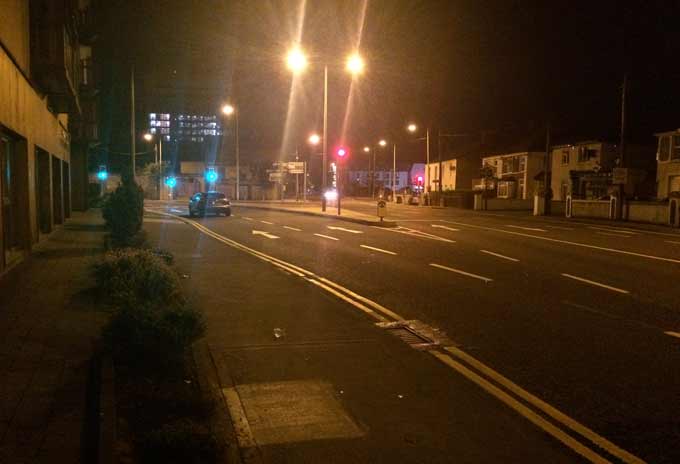Road Safety Advice
Cycle Safety
- Ride decisively and keep clear of the kerb.
- Look and signal to show drivers what you plan to do, make eye contact where possible.
- Avoid riding up the inside of vehicles, as you might not be seen. If a vehicle is indicating to the left hang back at the junction to reduce the risk of a collision.
- When exiting a bicycle lane check for oncoming traffic.
- Be aware of the opening of car doors, and any other potential dangers ahead of you.
- Always use lights after dark or when visibility is poor. Wear high-visibility and reflective clothing and accessories at all times
- Wear a correctly fitted cycle helmet that is securely fastened and conforms to current regulations.
- Where possible, try to maintain social distancing when you cycle, for example when waiting at crossings and traffic lights.
- In shared areas be mindful of other users like pedestrians.
- Where using bike share bikes wash your hands for at least 20 seconds or sanitise your hands before and after cycling.
- For additional bicycle safety advice please click on the link
- If driving, you should anticipate more cyclists than usual, especially at peak times of the day.
- Look out for cyclists. Make eye contact where possible to show you have seen them. Use your indicators to signal intentions and look out for their signals.
- Give cyclists plenty of space when overtaking them.
- Drivers and passenger use your mirrors to check for oncoming traffic.
- Don't park in bicycle lanes.
- Always check for cyclists when opening your car door, pulling out at a junction, or when doing a manoeuvre.
- Advanced stop lines at lights allow vulnerable road users (e.g. cyclists, motorcyclists) to get to the front and increase their visibility. You must stop at the first white line reached if the lights are amber or red. When the green signal shows allow the other road user time and space to move off.
- Allow other road users to maintain social distance, where possible. For example, give cyclists space at traffic lights

Vehicle Safety Checks
You and your journey
- Make sure you are well-rested and are not under the influence of alcohol or drugs.
- Plan your route before leaving, and identify opportunities for you to take a break if necessary during your journey. If you make a stop, you should continue to follow covid-19 secure guidance and limit contact time with others.
- Check your tyres to ensure that they are not worn or damaged and are at the correct tyre pressure
- Ensure that oil levels to ensure the smooth running of your vehicle
- Also, check water levels, always keep your screen wash topped up so you can clear any debris or dirt off your windscreen.
- Your lights are not only essential for you, they are also essential for other drivers to understand how you are driving your vehicle and how you intend to manoeuvre.
Cork Road Safety Plan
A 'Road Safety Working Together Group' was formed to improve road safety across Cork City & County.
The Group published the Cork Road Safety Plan 2016 - 2020. The aim of which is to:
- Reduce the number and severity of traffic collisions
- Reduce the number of deaths and serious injury
The objective of the group is to make Cork roads safer for all road users.
Measures implemented to support this objective
These are engineering projects that aim to introduce some physical measures to improve safety, e.g. reconfiguration of the pedestrian crossing at Victoria Cross, the introduction of pedestrian crossings on Blarney Road
Before - Victoria Cross

After - Victoria Cross

Speed limits are set in accordance with government guidelines. Most of the city has a speed limit of 50kph. However, some of the streets in the core of the
City Centre form a 30kph zone.
In addition over the last number of years, residential areas have been identified where it has been appropriate to reduce the speed in these areas to 30kph. The current list of 30kph streets is available here and this list is reviewed annually. Further information on speed limits can be found on speedlimits.ie
Driver feedback signs are used to encourage drivers to adjust their speed to suit the road conditions and environment.
These signs are used at locations where there is a perception of speeding or a history of collisions. Signs will only be placed on roads with a distributor function that are not suitable for consideration for the 30kph reduced speed limit.
The guidelines for setting and managing speed limits state that for locations where the speed limit is being exceeded, the signs are most effective for the first few weeks after installation. Therefore the driver feedback signs are rotated signs across a number of sites.
For more info:
